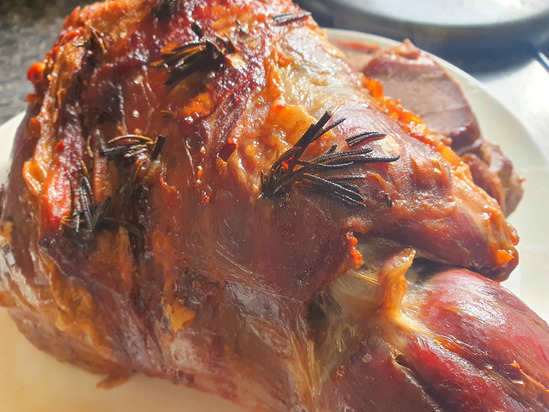In this mouthwatering video, I'm going to show you how to prepare a succulent Leg of Lamb with Rosemary and Garlic that will fire up all your senses and make that Sunday Roast dinner, less chore and more more!
Read moreThis flavorful and tender lamb dish, seasoned with aromatic rosemary and garlic. is perfect for a special occasion, Sunday Roast or a cozy family dinner, and it's surprisingly easy to make!







Share
Click on the icons below to share "Title of the item to share"